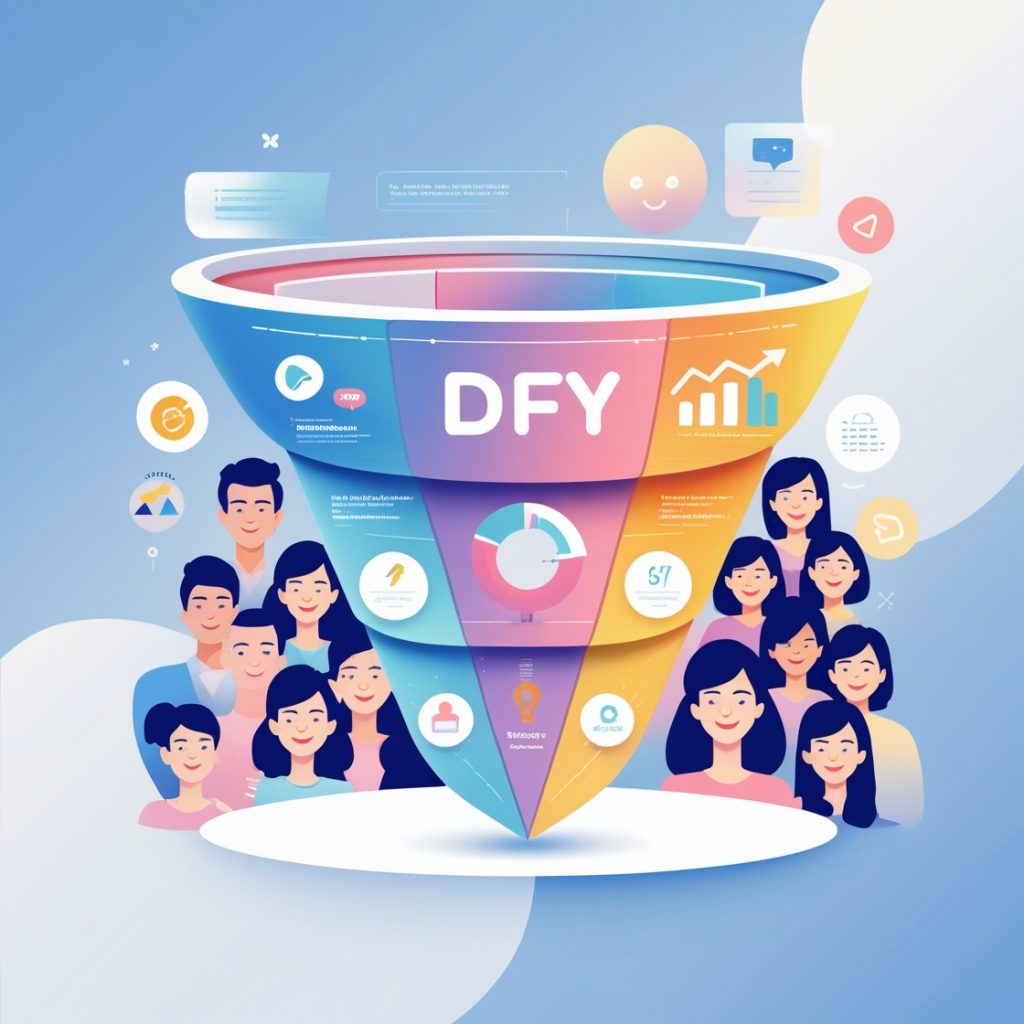Your marketing activities, when successful, go a long way toward turning visitors into customers and an even longer way toward turning those customers into loyal repeat buyers. In this article I talk about online business practices that promise to help you accomplish those goals.
Two tools for ultimate business growth are web properties and email marketing. If either one of these techniques fail to appeal to your visitor or subscriber you won’t have any buyers. And a customer who doesn’t buy is not really a customer – is he?
Every internet business must eventually own web property if it truly wants to be successful. That property is your website and certain basic considerations must apply to keep visitors from clicking away from your site and to your competitor’s site.
Online Business Practices Include Website Design
The first impression is the initial factor that convinces your visitor to stay on your site to see more – or leave. The first impression forms with the overall look of the page the visitor lands on.
Presenting a good first impression is high on the list of online business practices that lead toward a list of loyal buying customers.
Is your site compatible for any device? Does it load properly on a PC, a tablet, and a mobile phone? Is the font large enough for most people to conveniently read? Does the background complement the content and graphics?
Important Note: Keep in mind that just because you think the page looks good to you, appeals to you, and makes you want to hang around on the site to see more of it doesn’t mean that everybody else, and possibly even anybody else will feel the same way. But your first impression is a first indication of what your eventual visitors might feel.
What do you see when you look at your site? Is there a good mix of graphics and content? Is the layout pleasing – or annoying? Do you feel a desire to see more? Or do you want to quickly leave the site all together?
The second factor is the site title, or headline. Does it peak interest enough to make the visitor want to get more information by reading the content?
Does the content help the reader in some way? Is it information that your reader likely has not found elsewhere? Do the graphics complement the content?
Look at your competitors websites. What are they doing to attract visitors/customers? How can you improve on that?
Your website’s marketing success relies on your ability to continuously high-value content that excels beyond the content that your competition publishes. The website with the best information gets the most attention from the search engines and the highest interest from the visitors.
The website with the best information wins.
Proper website design is high on the list of important online business practices that determine the level of your internet business success.
Email Marketing – The Relationship Builder
Marketing success today depends a lot on your ability to develop meaningful relationships with the people on your subscriber list. If they don’t believe in you they won’t be subscribers for very long.
Your visitors must believe that you’re a real person who truly wants to help them improve their lives in some way:
Solve a problem they have.
Cure an ache for them.
Help them travel toward success.
You can provide all of this by giving your subscribers high value information in the email messages that you send them, along with a reasonable offering of products that will serve their needs. But there are certain initial actions you absolutely must take in order to successfully develop the relationship with each of those subscribers that will insure their loyalty to you and your business.
When a visitor first subscribes you should send him a message telling him what to expect from your email activities.
Your messages should give the subscriber the informative information that I mentioned and it should do that on a scheduled basis. So let your subscriber know your mailing schedule.
When can he expect to get a message from you? How often and on what day of the week will you mail your messages out. If you don’t plan to send messages out on a specific day let your subscriber know that. You can send out messages weekly, a couple days a week, daily, or monthly, or occasionally but you must let your subscriber know precisely what to expect or he won’t remain a subscriber long.
In your messages you must provide content and product that helps your subscriber as I stated earlier but there is a ratio of helpful information to helpful product that you should consider to keep the subscriber from tagging you as a scammer and clicking on the unsubscribe button. (And every email must include an unsubscribe option.)
The ratio I’ve found most successful is two helpful content mailings with no product offer, and then one helpful content mailing that includes an offer of a product that will also help your subscribers achieve their goals.
That works well for my business but you might find a need to experiment with the ratio. I’m sure whatever your results are you’ll still need to send more mailings that do not include a product offering than those that do.
These two online business practices, when performed properly, go a long way in building relationships that lead to a level of loyalty that will turn your visitors into customers and keep them coming back to buy from you far into the future.


